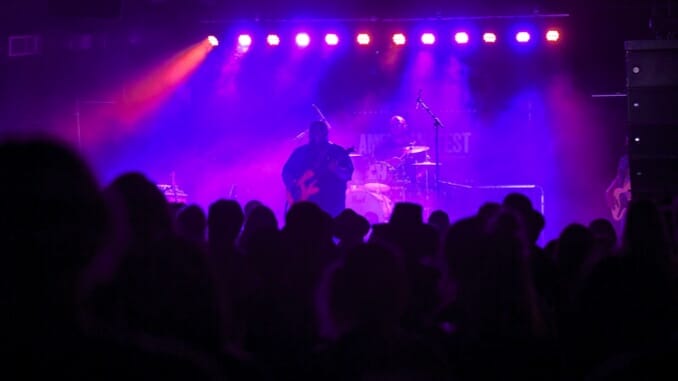The Insidiousness of “Afro-Americana”
Photo by Jason Davis/Getty
I am, admittedly, only an intermittent consumer of music journalism. I’m the type of artist who needs space from that sort of thing to get work done. Every now and then, though, a piece creates such an uproar in my musical community that I feel it warrants reading. The most recent example is Paste Magazine’s “Curmudgeon Column” on Black Americana artists, written by Geoffrey Himes. At first glance, I understood the outcry: The article is cutting and condescending, and a classic example of sexist arts journalism that arbitrarily pits women against one another. Himes proposes a separate (but presumably equal) musical genre for Black Americana artists called “Afro-Americana” while simultaneously condemning hip-hop and R&B as “straitjackets” for Black musicians. His thesis is that Black musicians are not as good as everybody thinks we are, and he has no qualms about naming and shaming artists who fail to meet his standards.
Of course, not everybody has to like everything. Himes is a music journalist. It’s his job to report honestly on what he sees and hears. It is also, however, Himes’s job to research the subject matter to be sure he understands it. His criticisms of Amythyst Kiah and Allison Russell make it clear that he has neglected this second duty. He finds their narratives and melodies insufficiently elaborate, but disconnected lyrical imagery and repetitive melodies have been considered hallmarks of Black music for hundreds of years. In his 1965 foreword to Newman I. White’s American Negro Folk-Songs, renowned folklorist Bruce Jackson wrote that “instead of weaving narrative elements to create a story, the Negro song accumulates images to create a feeling.” J. McKim made a similar observation over a century prior in his article “Negro Songs”:
Each stanza contains but a single thought, set in perhaps two or three bars of music; and yet as they sing it, in alternate recitatives and choruses, with varying inflections and dramatic effect, this simple and otherwise monotonous melody will, to a musical ear and a heart susceptible of impression, have all the charm of variety.
That charm is—apparently, regrettably—lost on Mr. Himes. A more informed listener, however, might expect a song called “Black Myself” to exhibit traits commonly associated with Black music. In the case of Kiah’s song, as well as Russell’s album, the message of the work and the identity of the artist shape the music. Using sonic elements to imply certain messages or reference certain people, ideas or events is also common practice in Black music: Scholars have often applied the term “signifyin’.” Himes seems unaware of signifyin’ as a practice, or at least too unfamiliar with Black culture to grasp what is being signified and why. His complaints about the music boil down to “these songs are too Black.”